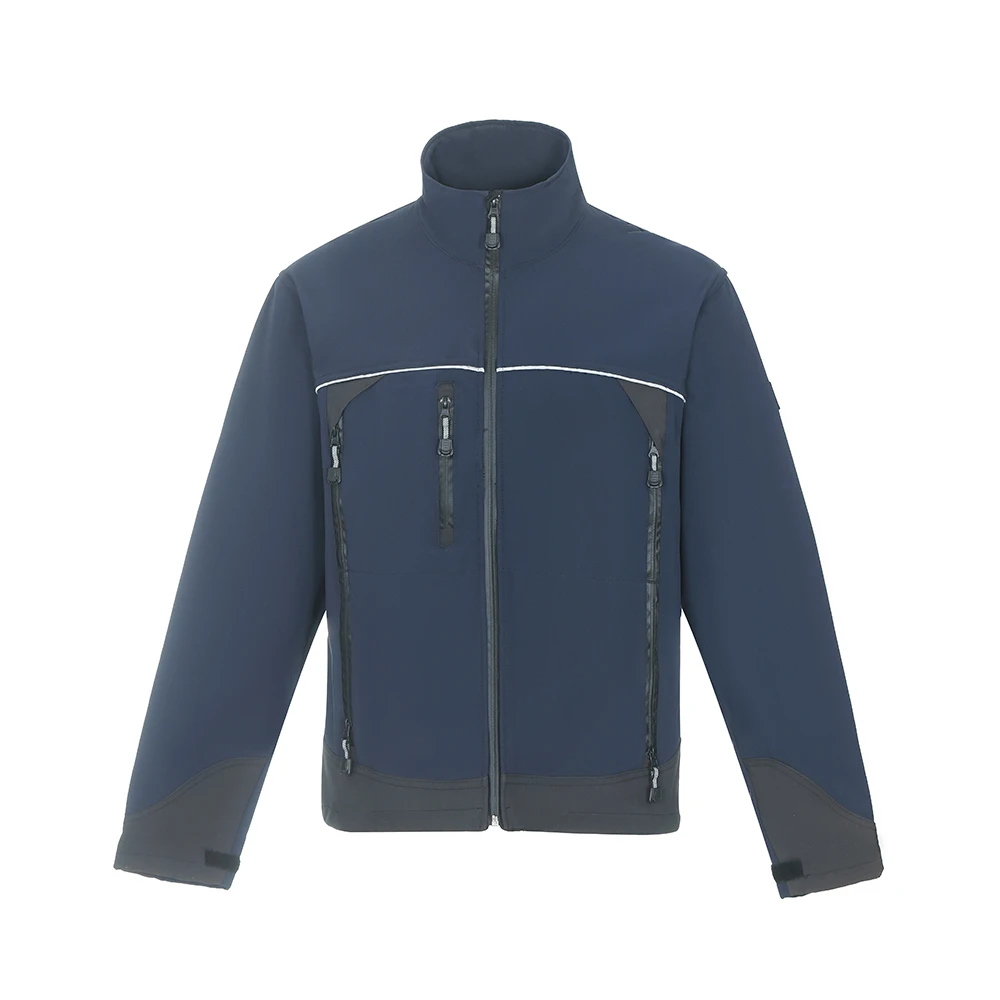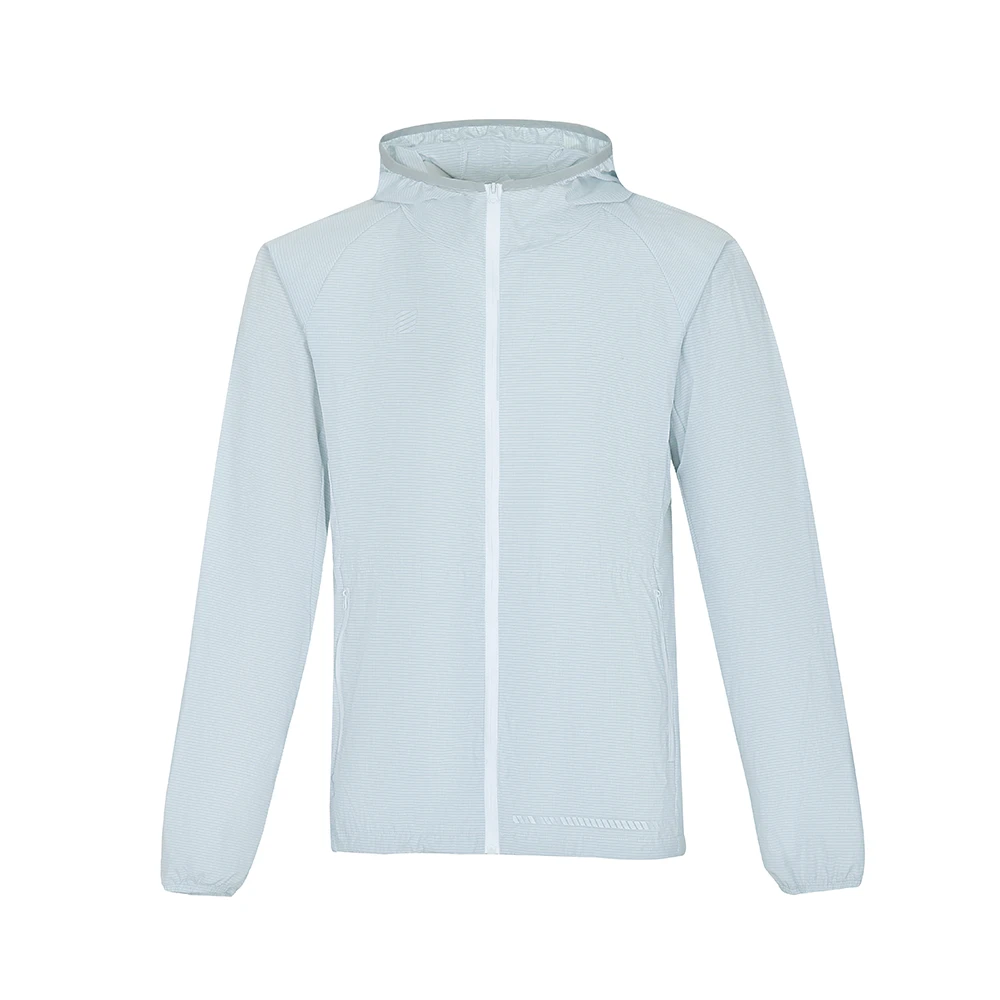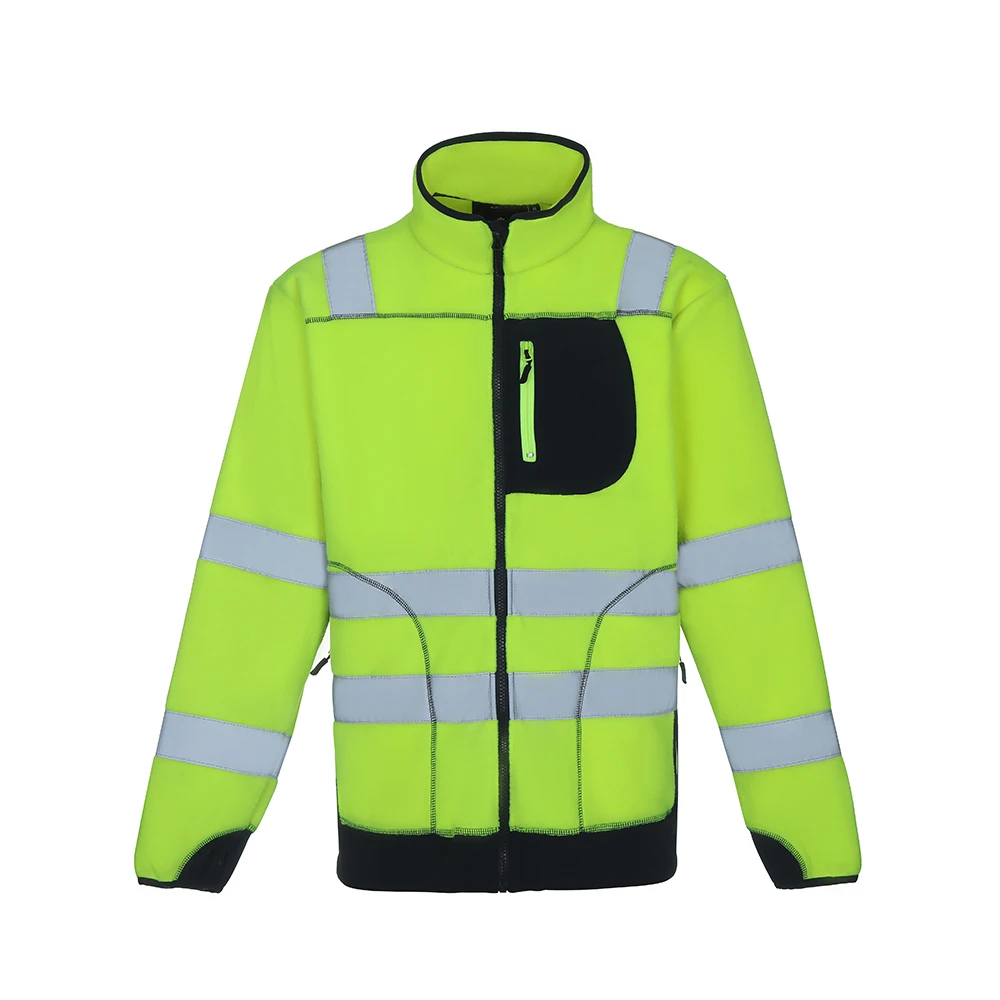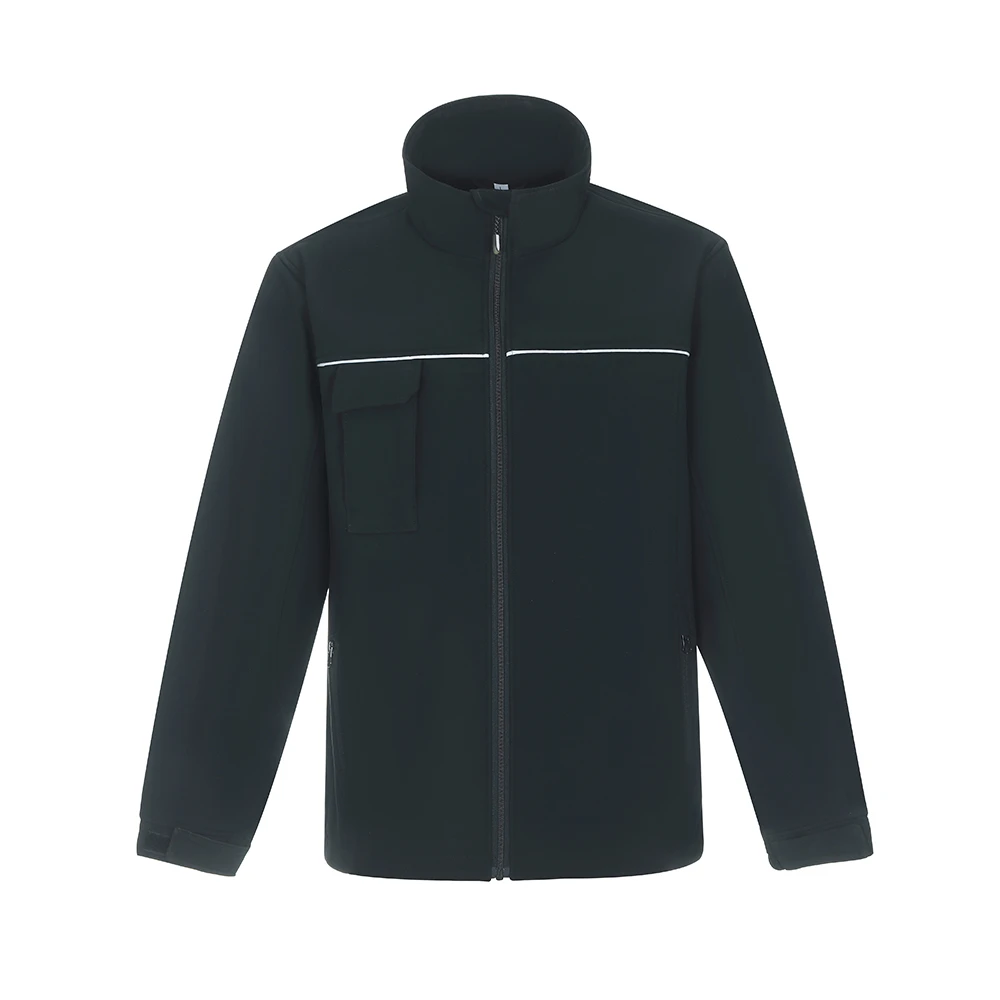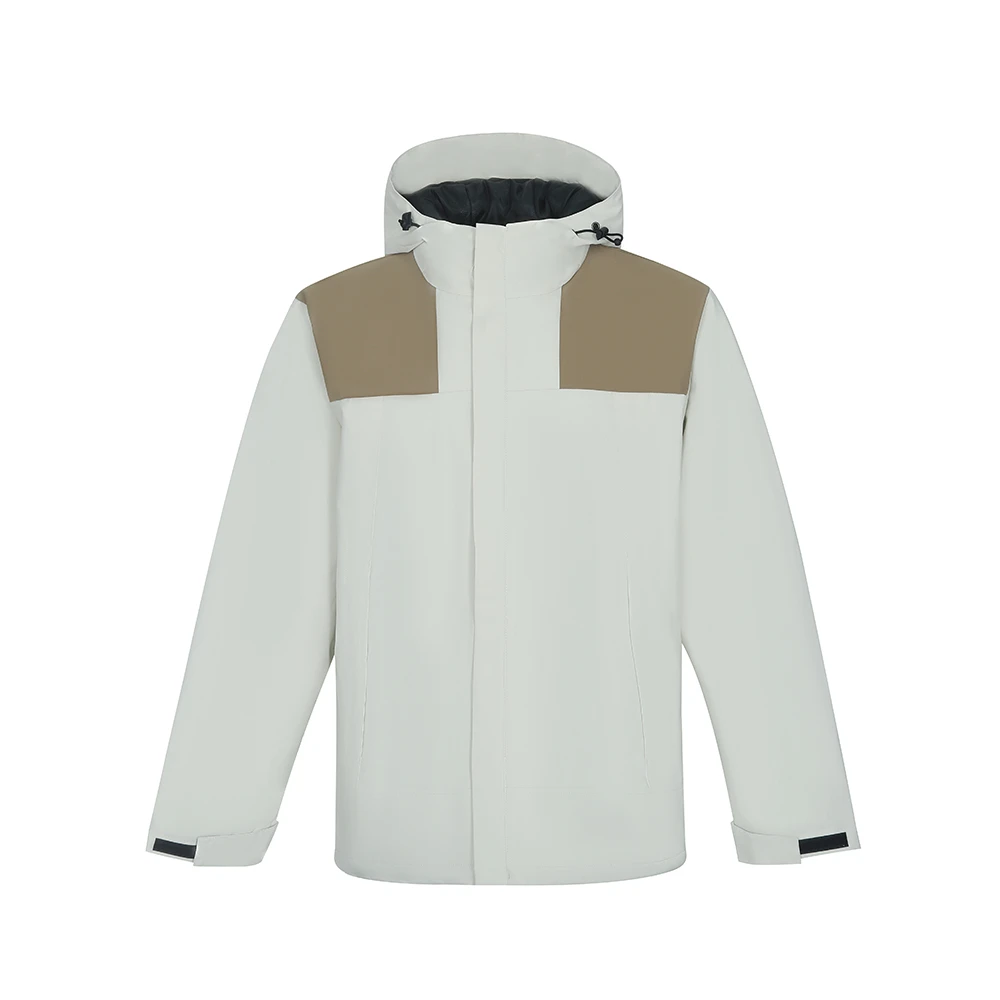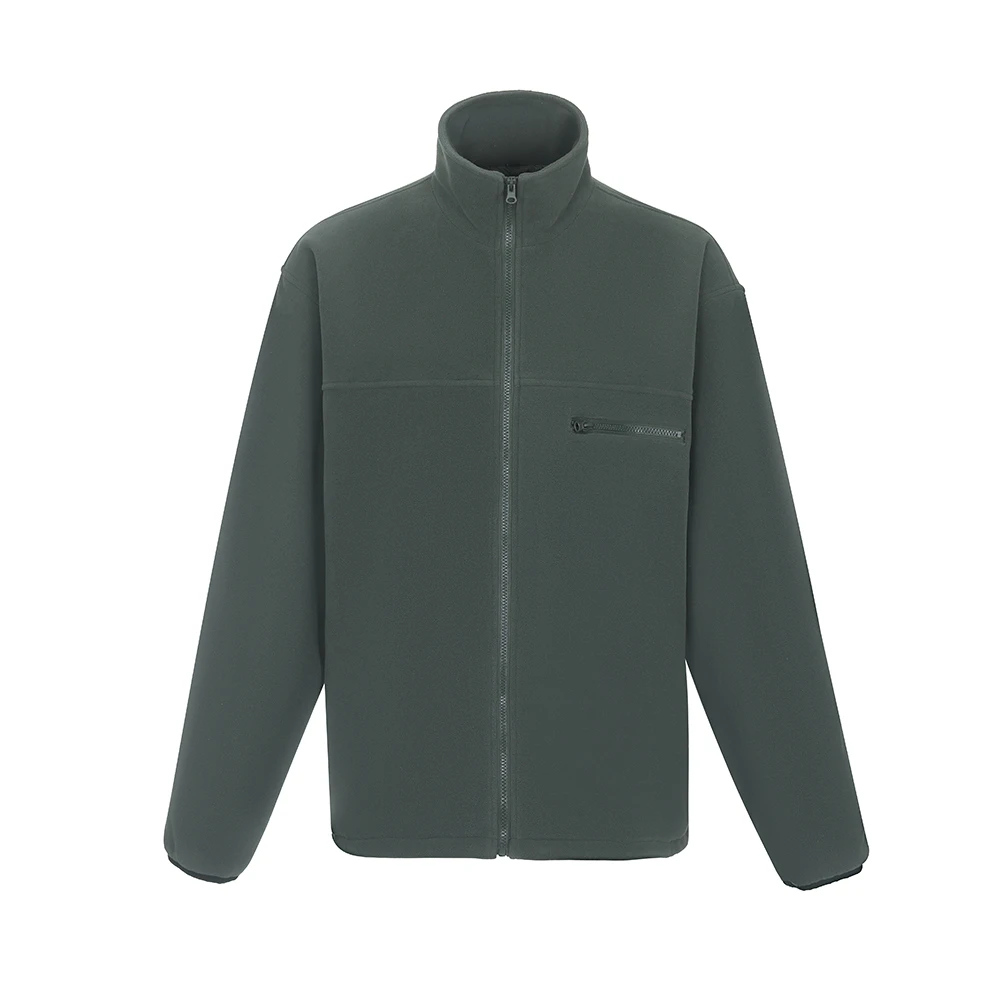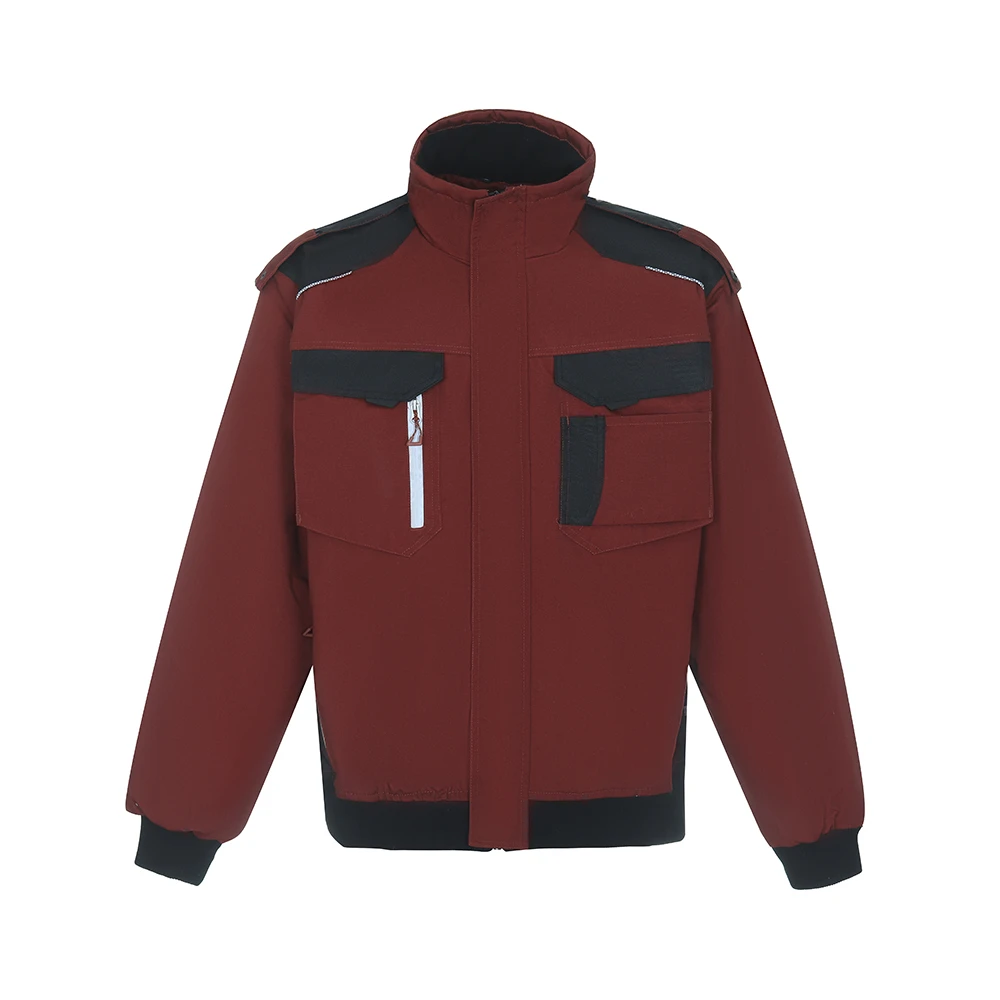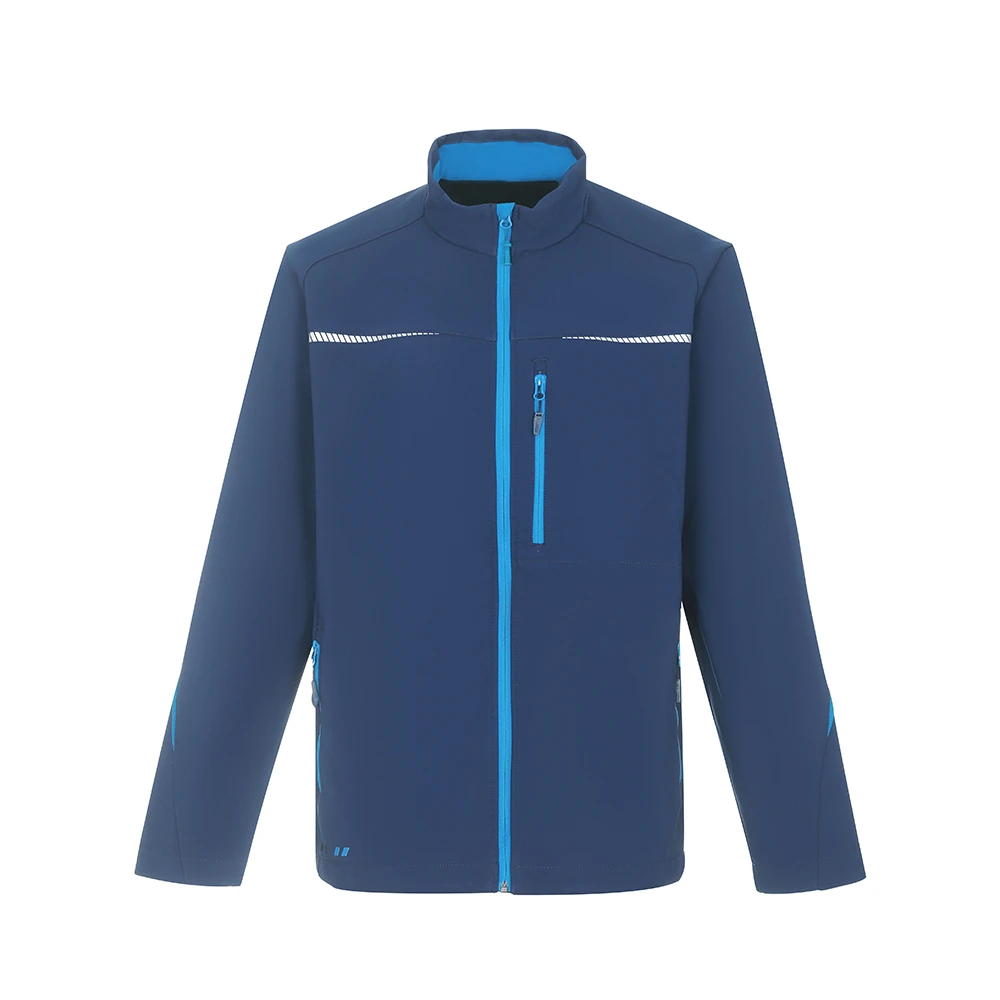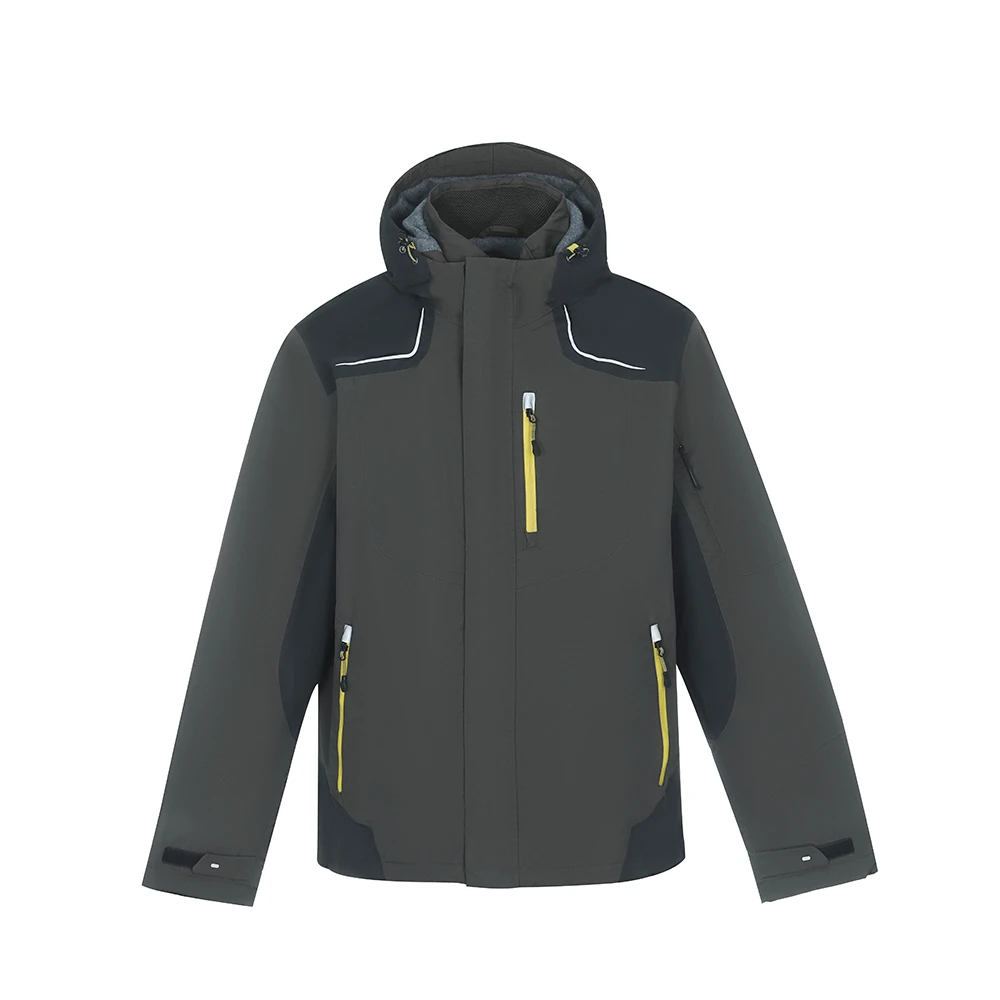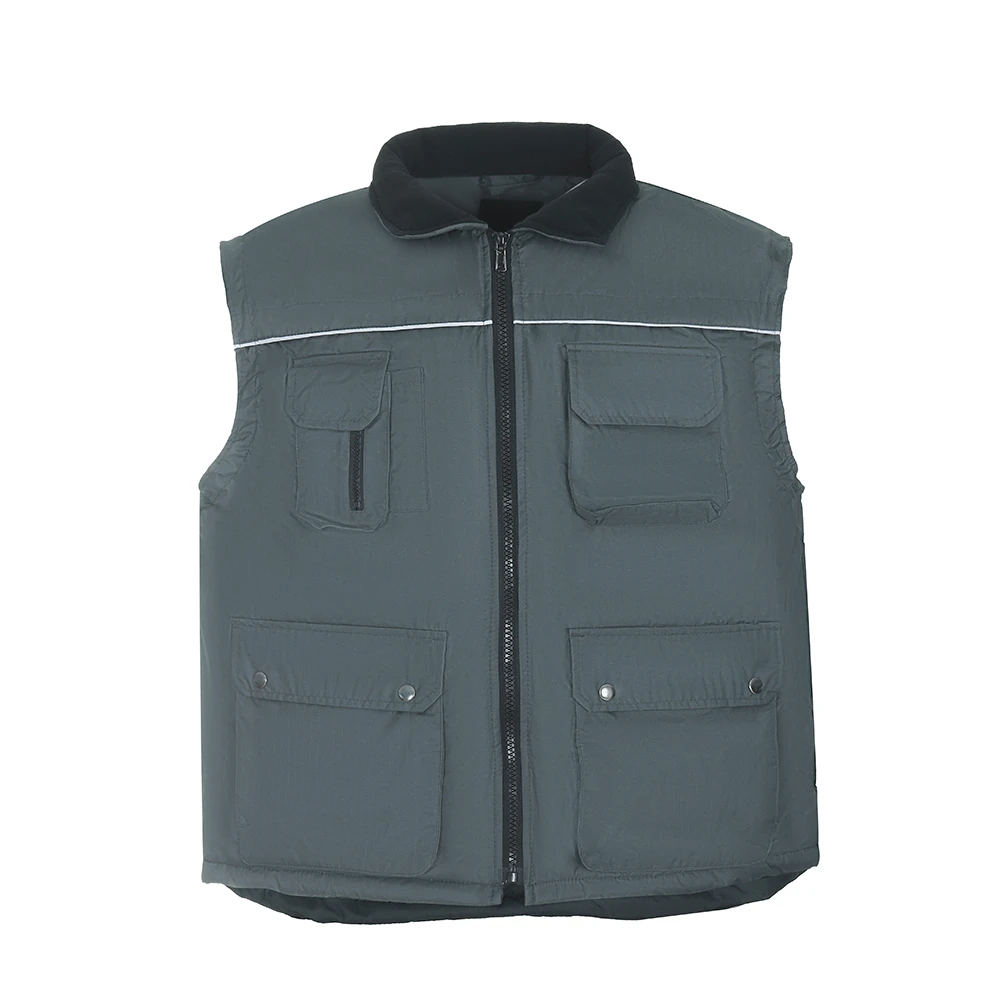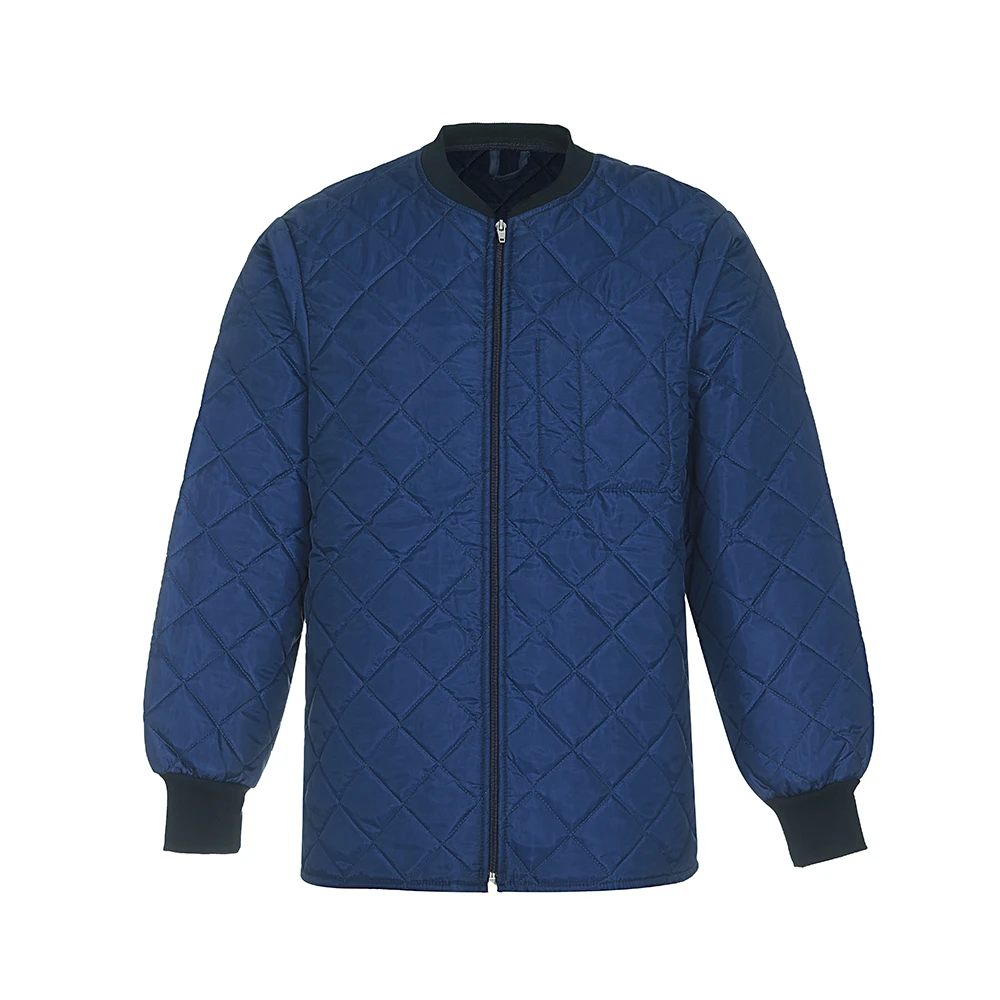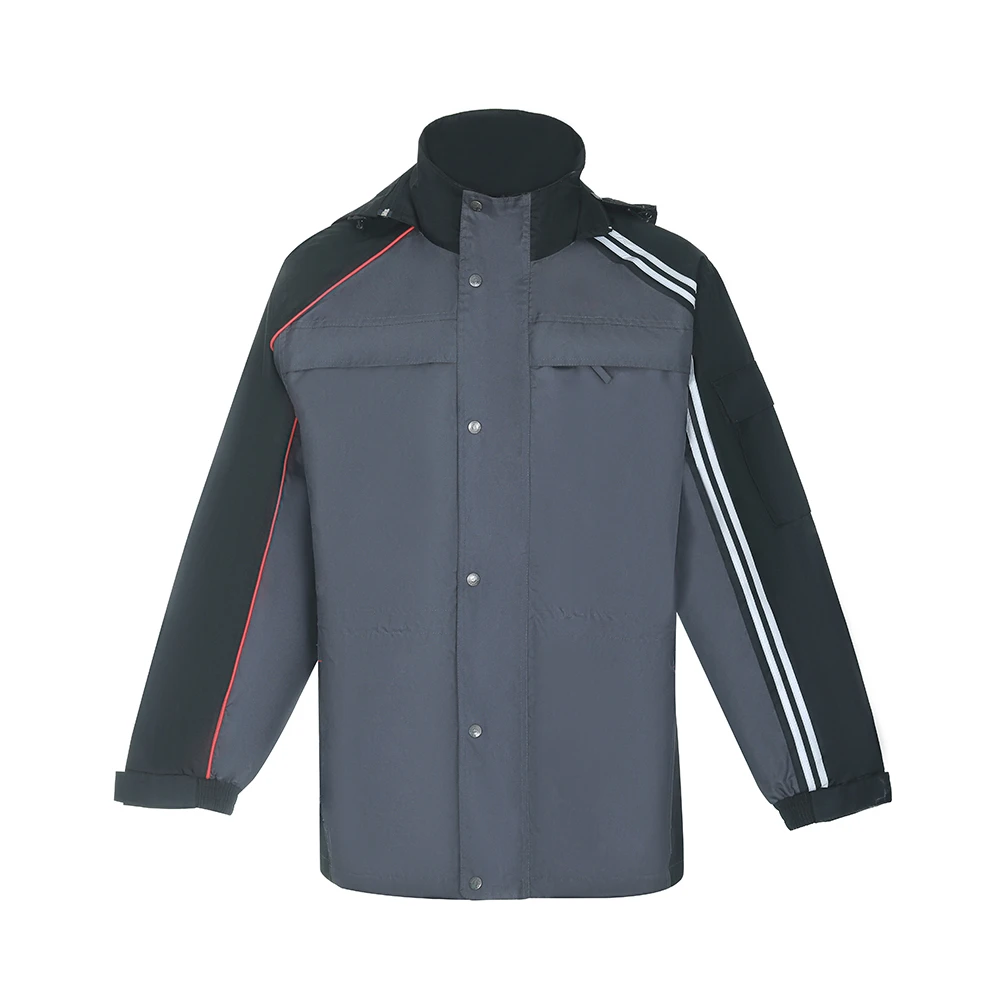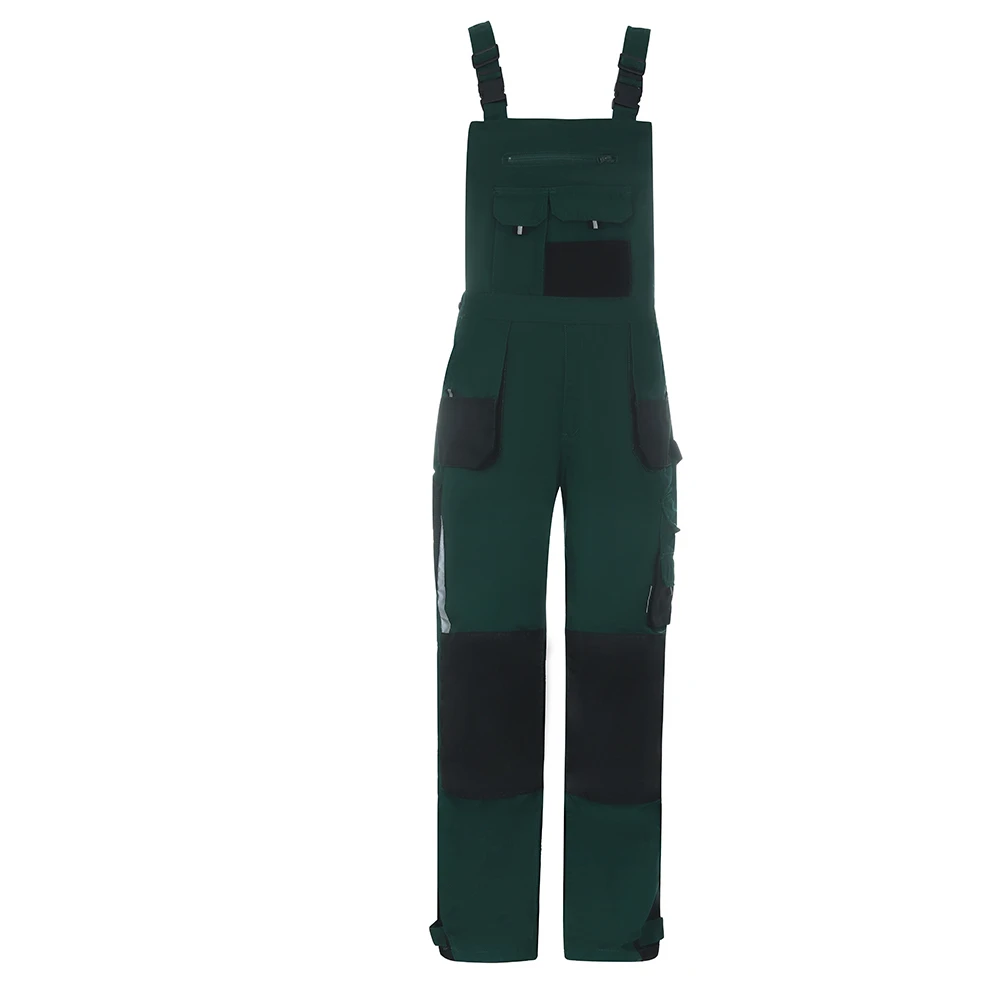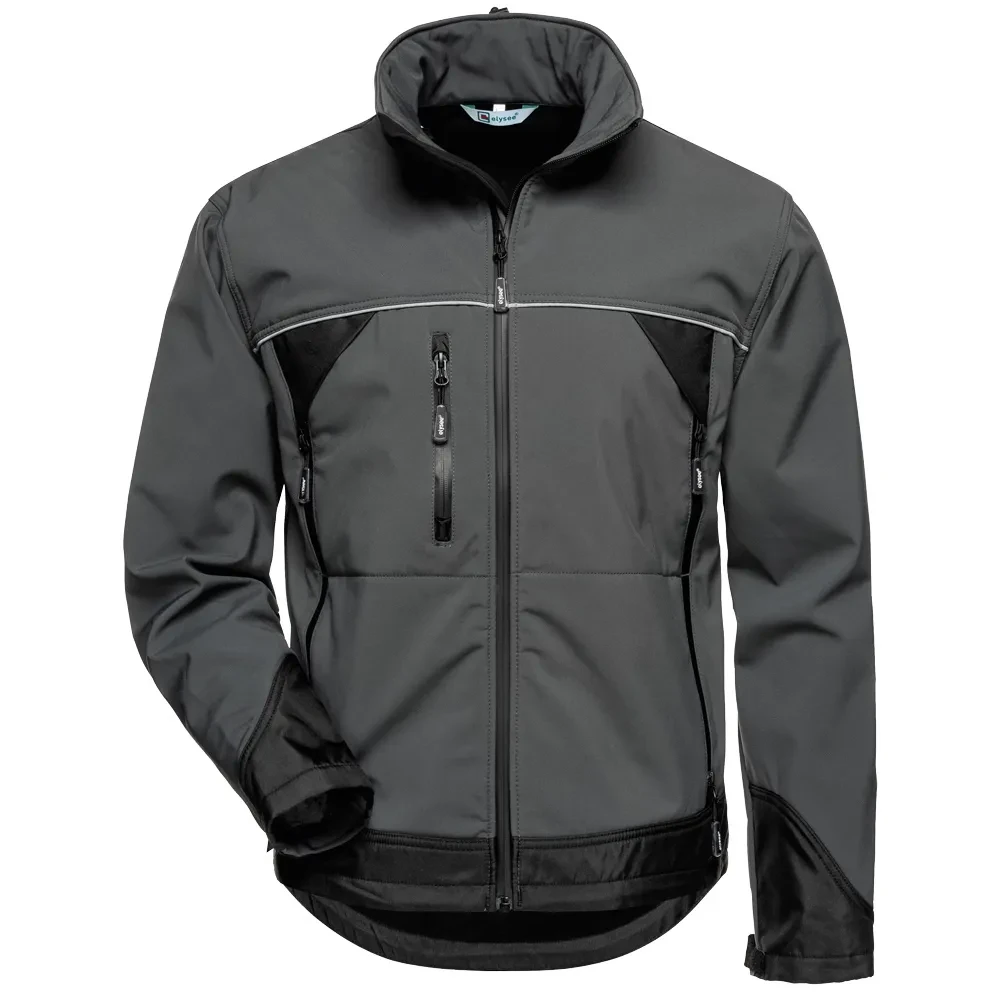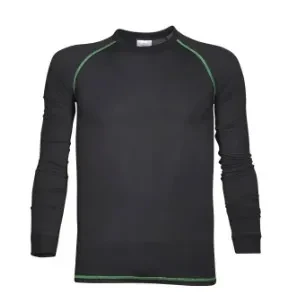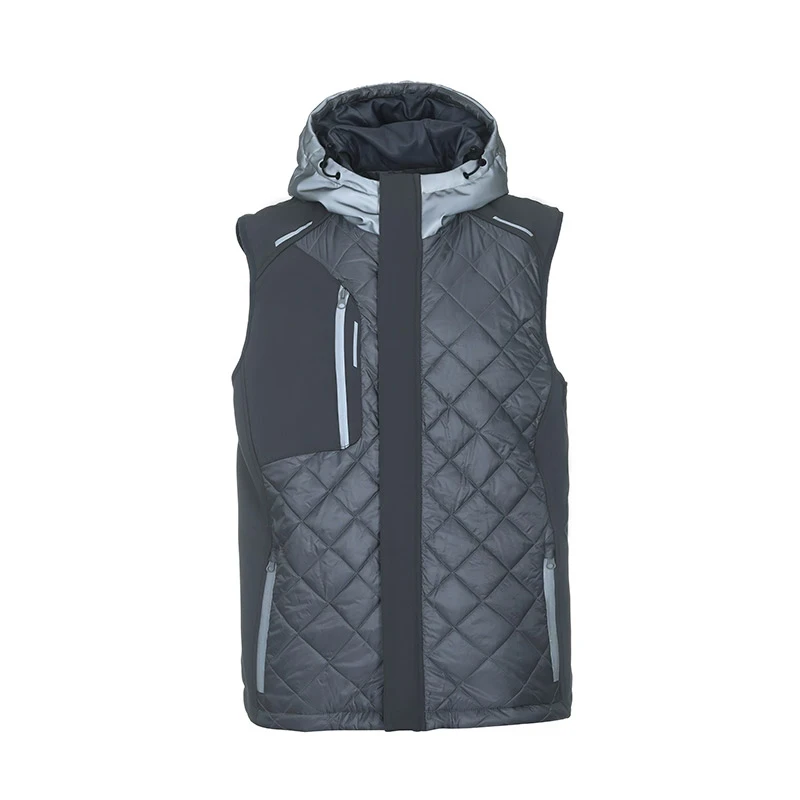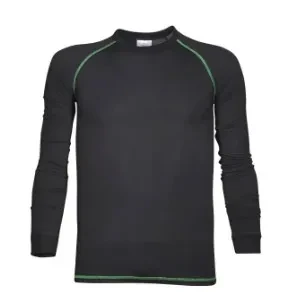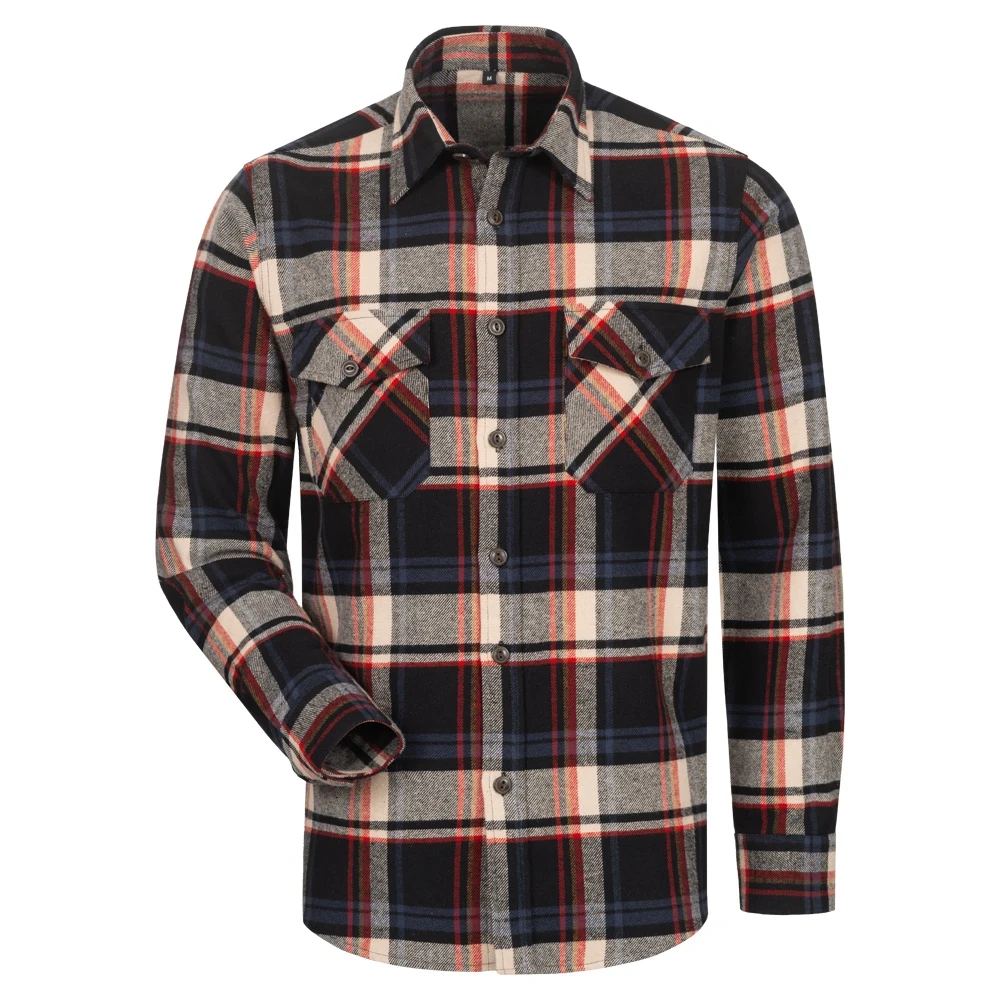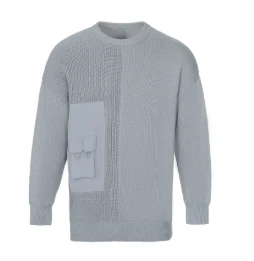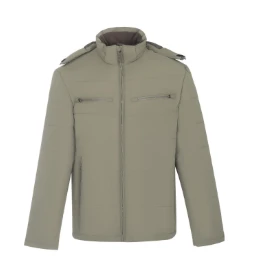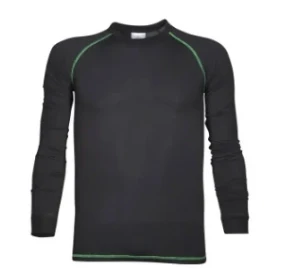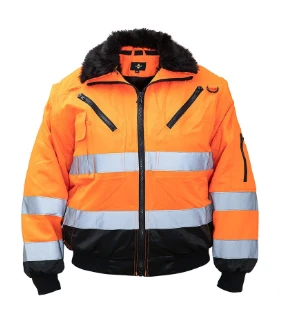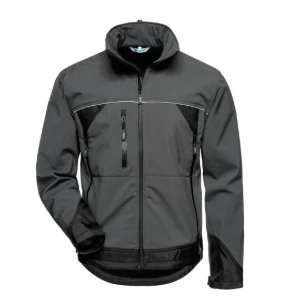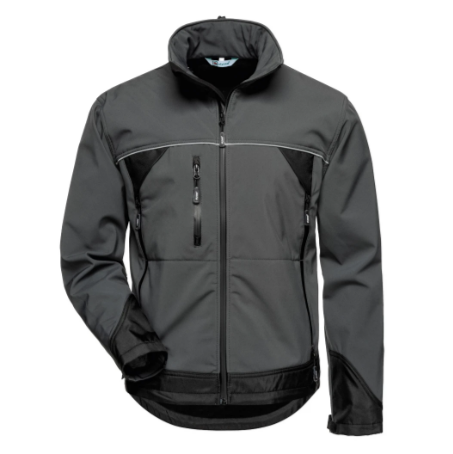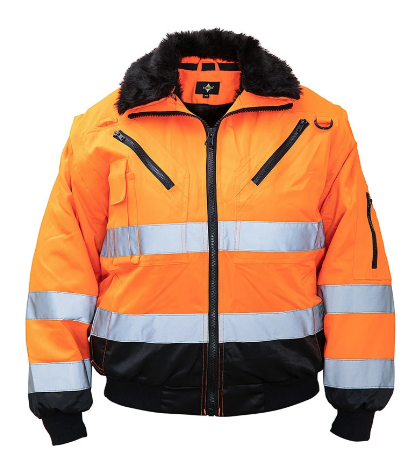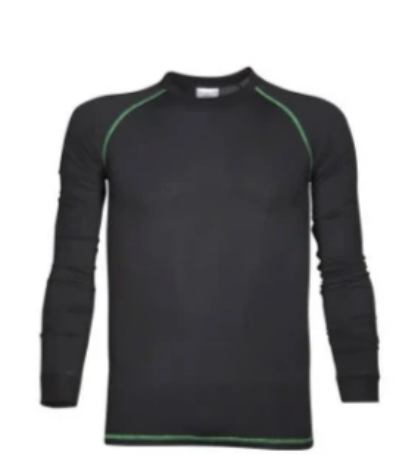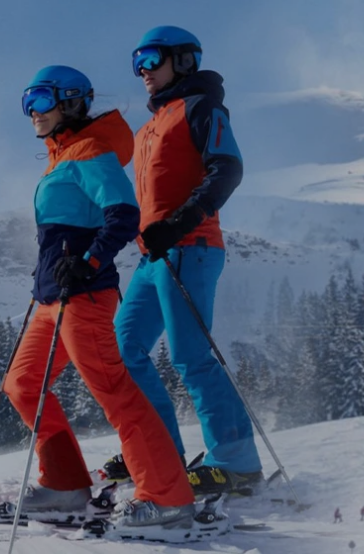Sportswear: Functional Equipment in Vigorous Sports
In running, fitness, ball games and other sports scenes, sportswear, with its professional functional design, has become the core equipment to improve sports performance and ensure comfortable experience. It breaks through the limitations of the adaptability and functionality of ordinary clothing. Through material innovation and structure optimization, it can not only meet the needs of intense physical exercise, but also deal with the changes of body temperature and sweat during exercise. Its performance is directly related to the state and feeling of athletes.
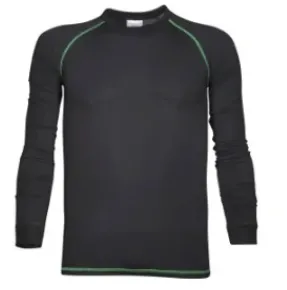
The core advantage of sportswear comes from the application of scientific and technological materials and humanized structural design
Sportwear fabric is usually made of high elastic polyester fiber and spandex blended material, with an elastic recovery rate of more than 95%, which can expand and contract freely with the movement of the body to avoid a sense of bondage; At the same time, the fabric has excellent moisture absorption and perspiration performance. Through the special fiber structure, the sweat on the body surface is quickly absorbed and exported to the fabric surface for evaporation, so as to keep the skin dry. In terms of detail design, the flat seam line reduces skin damage caused by friction, the cross shoulder strap of sports bra enhances support, and the reflective strip of running pants improves safety in low light environment. Clothing of different sports types will also be adjusted according to sports characteristics.
The key criteria for measuring sportswear quality cover multiple dimensions
In terms of the functionality of sport wear, the elastic tensile performance needs to meet the needs of large-scale movement, and the moisture absorption and perspiration rate needs to evaporate more than 80% of the moisture on the fabric within 30 minutes; Comfort is reflected in the affinity of the fabric to the skin. There is no itching when touching the skin, and the air permeability is good to avoid sultry; The durability is reflected in the wrinkle resistance and color fastness of the fabric, which can still maintain stable shape and bright color after repeated washing; In addition, the shape design should conform to the movement posture. For example, the narrowed leg design of running pants reduces wind resistance, and the tight shape of fitness clothes is convenient for observing muscle movement.
In practical applications, sportswear has a wide range of scene adaptability
During high-intensity interval training, tight sports wear can provide muscle support and reduce sports injuries; In long-distance running, loose quick drying T-shirt with light shorts is conducive to heat dissipation; During yoga practice, clothes with high ductility can cooperate with the body to complete various stretching movements; In team ball games, the breathable and durable sports suit is flexible and protective. Clothing in different sports scenes provides precise support for athletes through the difference of functional focus.
With the development of sports industry, Sportswear's technological innovation continues to deepen
The application of environmentally friendly materials has become a trend, such as polyester fabric made of recycled plastic bottles to reduce the environmental burden; Intelligent temperature control technology can automatically adjust heat dissipation or warmth retention according to body surface temperature by embedding phase change materials; In addition, the antibacterial treated fabric reduces the odor after long-term exercise, and the lightweight design further improves the comfort during exercise.
To sum up, wear sport takes functionality as its core and provides professional support for various sports scenes through the integration of materials, structure and technology. It not only meets the basic needs of athletes for comfort and safety, but also plays a positive role in improving sports performance. In the future, with the combination of material science and sports physiology, sportswear will develop in a more intelligent, environmentally friendly and targeted direction, bringing better wearing experience to sports lovers.
Sportswear FAQs
-
What are the main functions of sportswear?
The design core of sportswear is to improve sports performance and comfort. This kind of clothing usually uses breathable, moisture wicking and sweat wicking fabrics to help regulate body temperature and reduce the sticky feeling during exercise. Elastic material can support large range of motion, while compression design may promote blood circulation. In addition, windproof and waterproof technology fabrics can also cope with the complex outdoor environment and meet the needs of different sports scenes.
-
How to choose the sportswear that suits you?
Sports are preferred when choosing sportswear. For example, yoga needs a highly malleable fit, while running pays attention to lightweight and breathable. The size should fit but not too tight to avoid binding. Although the color and design are personal preferences, light colors are more sunscreen outdoors, while dark colors are more dirt resistant. Seasonal factors are also crucial. In winter, you need to keep warm and wear layers, while in summer, you need to focus on fast drying performance.
-
What are the daily trends of sportswear?
In recent years, the boundaries of sportswear have gradually blurred, and many pieces are functional and fashionable. It is popular to mix and match sports pants with casual tops and sports shoes with suits. By simplifying the logo and adopting neutral tones, the brand enhances the degree of freedom of collocation, while fabric innovations such as knitting and mercerization also make sportswear more suitable for daily social scenes, forming a trend of "athleisure".
-
What progress has sportswear made in environmental protection innovation?
Environmental sportswear is becoming the focus of the industry, including the use of recycled polyester fiber (from plastic bottles), organic cotton or bio based materials (such as algae extract). Some products adopt anhydrous dyeing technology to reduce pollution, and the detachable design extends the service life. Another brand launched the "old clothes recycling plan" to recycle waste clothes into new fabrics and promote the circular economy model.
-
What is the technical difference between professional sportswear and ordinary casual wear?
Professional sportswear is often equipped with more technological elements, such as seamless cutting to reduce friction, laser perforations to enhance breathability, and reflective strips to improve night running safety. Golf suits may have UV protective coatings, while ski suits focus on heat reflection. While ordinary casual wear focuses on style design, and the fabrics are mostly ordinary cotton, lacking targeted functional support and relatively low durability.


